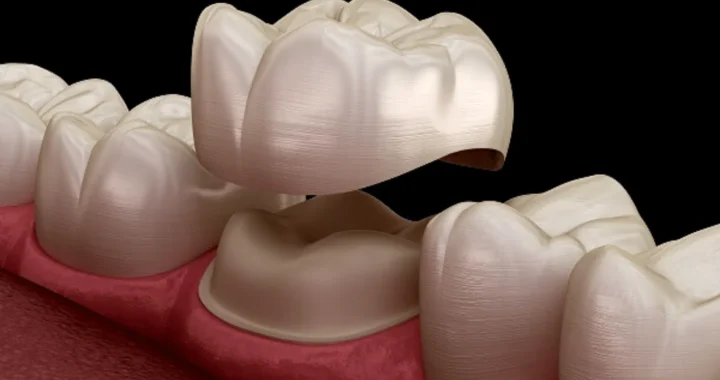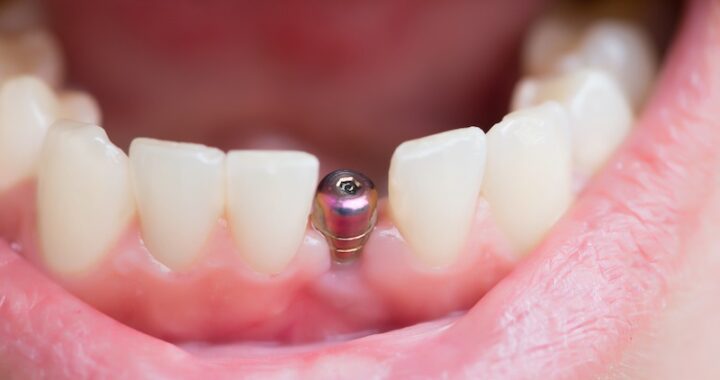What is Gout?

Gout is a type of arthritis that occurs when there is a buildup of uric acid in the body. This leads to the formation of crystals in the joints, causing intense pain, redness and swelling. The condition can be both debilitating and chronic, but it is treatable with proper medical care and lifestyle changes.
Gout is most commonly seen in men over the age of 40 and in women who have gone through menopause. It can also be more common in individuals who have a family history of gout, as well as those who have other health conditions such as high blood pressure, obesity, and kidney disease.
Causes of Gout
One of the main causes of gout is a high level of uric acid in the blood. This can be caused by various factors, including a diet that is high in purine-rich foods such as red meat, fish, and alcohol. Additionally, certain medications and medical conditions can also contribute to an increased level of uric acid in the blood.
Symptoms of Gout
The symptoms of gout can come on suddenly and be very intense. The affected joint will become red, swollen, and extremely painful, and the affected area may feel hot to the touch. The symptoms usually last for a few days and then subside, but they can return again in the future.
Gout Diagnosis
Diagnosing gout can be done through a physical examination and by taking a sample of fluid from the affected joint. The fluid will be examined under a microscope to look for crystals that are characteristic of gout. In some cases, a blood test may also be needed to measure the levels of uric acid in the body.
Treating gout
Treating gout involves controlling the levels of uric acid in the body. This can be done through lifestyle changes, such as reducing the amount of purine-rich foods in the diet and avoiding alcohol. In some cases, medication may also be needed to help reduce the levels of uric acid in the blood.
In severe cases of gout, corticosteroids or nonsteroidal anti-inflammatory drugs (NSAIDs) may be used to reduce the pain and swelling. Colchicine, a medication that is specifically designed to treat gout, may also be prescribed.
In addition to medication, it is also important to manage other health conditions that can contribute to the development of gout, such as obesity and high blood pressure. Losing weight and managing these conditions through diet and exercise can help to reduce the risk of gout flares and improve overall health.
It is also important to keep the affected joint elevated and to rest it as much as possible. Applying ice to the joint can also help to reduce pain and swelling. In some cases, physical therapy or occupational therapy may also be recommended to help maintain mobility and reduce the risk of joint damage.
Summary
Overall, gout is a treatable condition that can be managed through a combination of medication, lifestyle changes, and medical care. With the right treatment, individuals with gout can lead healthy and active lives, free from the pain and discomfort of gout flares. If you suspect that you may have gout, it is important to speak to a doctor as soon as possible to receive a proper diagnosis and get started on the right treatment plan.


 Dental Crowns –Restoring Strength, Function, And Aesthetics.
Dental Crowns –Restoring Strength, Function, And Aesthetics.  One-Person Wonder: Making Waves in the Massage Industry in Gunma
One-Person Wonder: Making Waves in the Massage Industry in Gunma  How Cataract Surgery in Nashville Improves Vision and Quality of Life
How Cataract Surgery in Nashville Improves Vision and Quality of Life  Maintaining Oral Health: The Role of Dentists in Richmond
Maintaining Oral Health: The Role of Dentists in Richmond  How to Choose the Best Implant Dentist in Sheffield: A Guide
How to Choose the Best Implant Dentist in Sheffield: A Guide  How Invisalign is Revolutionising Orthodontics in London
How Invisalign is Revolutionising Orthodontics in London  Veneers: A Popular Cosmetic Solution for a Beautiful Smile in London
Veneers: A Popular Cosmetic Solution for a Beautiful Smile in London